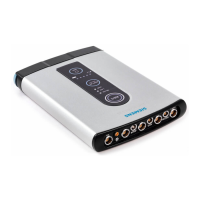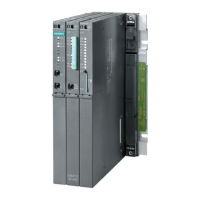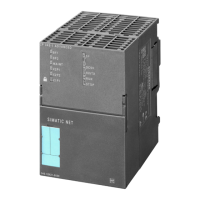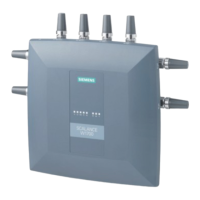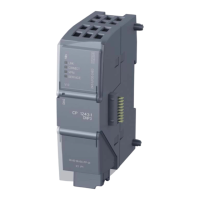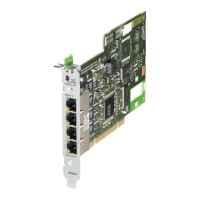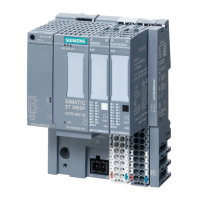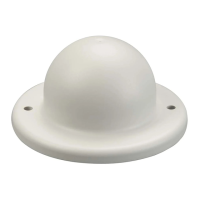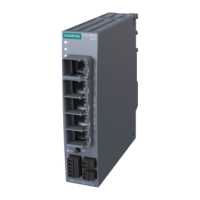Network structures and network configuration
2.2 Network structures
Industrial Ethernet
76 System Manual, 09/2019, C79000-G8976-C242-10
A further restriction for networks with line structure exists in the physical arrangement of the
nodes. Depending on their position, the backbone may need take long detours which may, in
turn, lead to problems with frame delay times. In the case of linear network topologies,
network components such as switches typically have only one or a few connection points for
network nodes. Linear bus structures can also be created with devices with two integrated
network interfaces.
Setup
The line structure can be realized through SCALANCE X switches. Any TP ports can be
used to cascade and form a linear bus. The number of SCALANCE X switches that may be
cascaded depends on the response times of the applications that are to be operated via this
line.
● Electrical cables
There may be a maximum distance of 100 m between two of these devices.
● Optical cables
At 100 Mbps, the maximum distance between 2 devices can be as follows:
– Multimode, glass, up to max. 5 m
– LD: Single mode, glass, up to max. 26 km
– LH+: Single mode, glass, up to +max. 70 km
At 1 Gbps, the maximum distance between 2 devices can be as follows:
– Multimode, glass, up to max. 750 m
– LD: Single mode, glass, up to max. 10 km
– LH: Single mode, glass, up to +max. 40 km
– LH+: Single mode, glass, up to +max. 70 km
– ELH: Single mode, glass, up to max. 120 km
2.2.3 Star structure
"Star"
The difference between the star topology and linear bus topology is that one switch functions
as the central node from which the spokes branch off to the individual nodes. The individual
nodes of the network therefore have separate point-to-point links with the active network
component (i.e. with the switch).
The immediate effect is that the messages only run via the spokes between sender and
recipient, in other words network performance improves significantly because several nodes
can communicate at the same time.
Depending on the requirements, in practice this may be a mixture of fiber-optic cables and
twisted pair cables on the individual transmission links. Typical applications are Ethernet
office networking or the networking of production cells in manufacturing with Industrial
Ethernet.
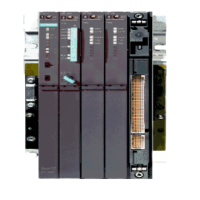
